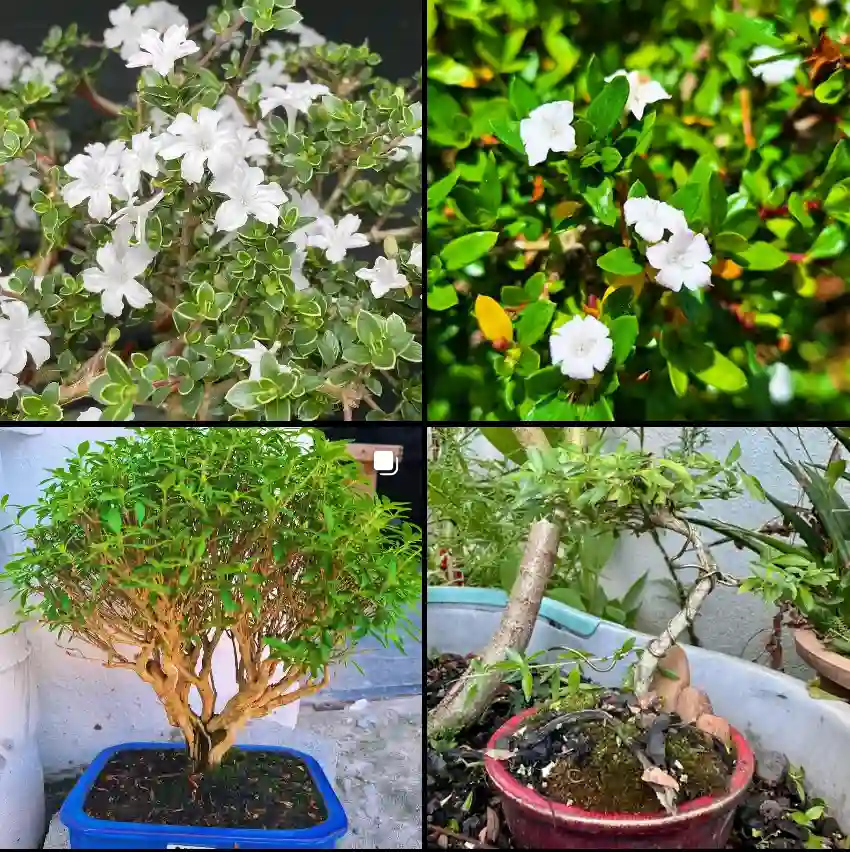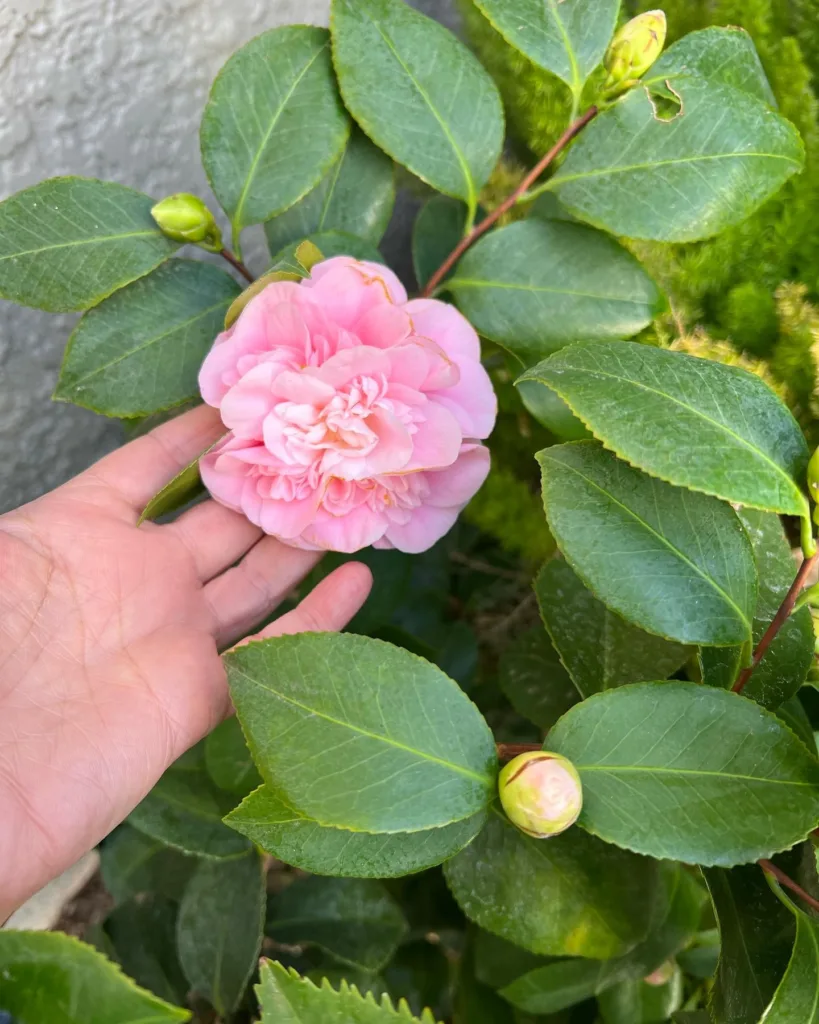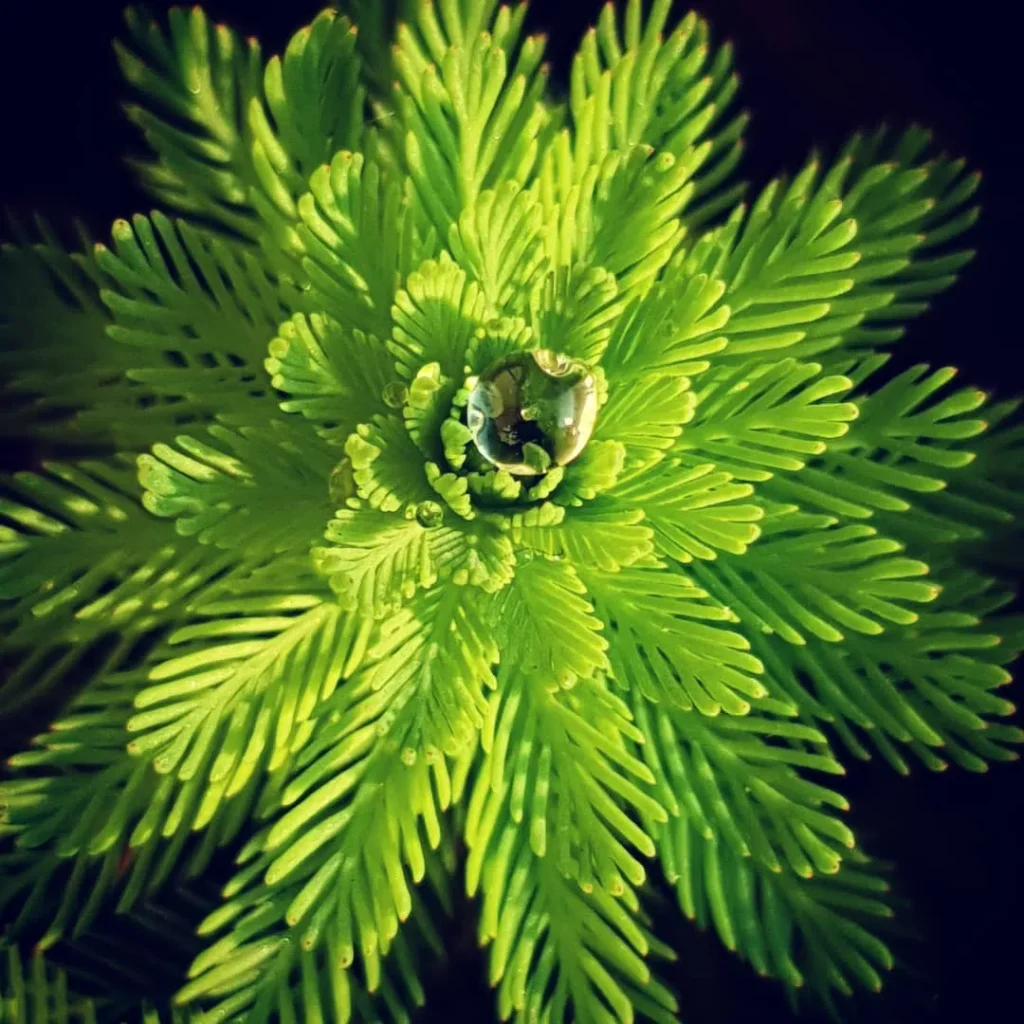Petrosaviaceae: A Unique Family of Flowering Plants
When I first encountered the Petrosaviaceae family, I was struck by how mysterious and unique these plants are. Comprising just two genera—Japonolirion and Petrosavia—this small family of monocotyledonous flowering plants stands out for its simplicity, rarity, and evolutionary significance.
In this article, I’ll walk you through my experience with the Petrosaviaceae family and its genera, along with some key facts that make them relevant to botanists and plant enthusiasts alike.
Characteristics of the Petrosaviaceae Family
The Petrosaviaceae family is unusual. Native to Asia, this family thrives in shaded, moist forests and has an almost ethereal quality. These plants are often found in remote areas, which contributes to their enigmatic status. They aren’t the types of plants you come across in everyday life or even in most botanical gardens, making them a subject of fascination for me.
This family belongs to the order Petrosaviales, and their simplicity is reflected in their morphology. The plants have grass-like leaves, lack chlorophyll, and depend on mycorrhizal fungi for nutrients. In simpler terms, they live in symbiosis with fungi, much like some orchids. The lack of chlorophyll means these plants are non-photosynthetic, which is an uncommon trait among flowering plants.
Genera of Petrosaviaceae
Japonolirion
One of the two genera in this family is Japonolirion, specifically the species Japonolirion osense. This genus has an interesting place in the evolutionary tree. Japonolirion is often regarded as a relic from a distant past, representing a lineage that diverged early from other monocots. This evolutionary background alone piqued my interest.
In my research and exploration, I found Japonolirion osense growing in the montane regions of Japan. Its grass-like appearance makes it blend into the environment, yet its evolutionary significance sets it apart. Japonolirion’s flowering structure and underground root system are what make it a subject of interest. It produces small, white flowers that are delicate and somewhat understated.
For anyone fascinated by the deeper aspects of plant evolution, Japonolirion offers a window into the past. Its morphology suggests a close relationship to early monocots, and that’s a big part of why I find it captivating.
Petrosavia
The genus Petrosavia contains a few species that are even more peculiar. These plants are found in Southeast Asia, particularly in countries like Malaysia, Borneo, and Sumatra. What makes Petrosavia so unique is its reliance on mycoheterotrophy. In other words, Petrosavia species, like Petrosavia stellaris, have entirely abandoned photosynthesis and live as parasites on fungi.
In the dense tropical forests where light is scarce, Petrosavia plants don’t have to worry about competing for sunlight. Instead, they’ve taken a different evolutionary route, relying on their fungal partners to survive. The species are incredibly delicate, with thin, wiry stems and small, inconspicuous flowers. Petrosavia stellaris, for example, almost seems ghostly with its translucent quality.
I remember seeing Petrosavia in person during a trip to Borneo, and its ethereal presence in the undergrowth left a lasting impression. The plant’s lifecycle, which is entirely dependent on its fungal relationship, makes it an excellent example of nature’s complexity.
Ecological and Evolutionary Significance
The Petrosaviaceae family is particularly interesting from an ecological perspective. These plants demonstrate a remarkable adaptation to their environments. Rather than relying on the sun like most other plants, they’ve formed symbiotic relationships with fungi, allowing them to thrive in low-light conditions.
This strategy makes them pioneers in extreme environments, and they’ve survived where others might not. Their evolutionary history offers insights into the adaptive strategies plants use to survive in challenging conditions. For anyone interested in botany, the evolutionary adaptations of Petrosaviaceae provide a case study in resilience and ecological interdependence.
Challenges in Cultivation and Study
Studying and cultivating Petrosaviaceae can be tricky. Their reliance on fungi makes them challenging to grow outside their natural habitat. The relationship between the plant and the fungi is delicate, and attempts to cultivate them in artificial environments often fail. For this reason, these plants remain elusive to even the most dedicated horticulturists.
In my own experience, I haven’t tried to cultivate them due to the complex conditions they require. But I do believe that with more research into their mycorrhizal relationships, we might one day unlock the secrets of how to successfully grow them in controlled environments.
Conservation Concerns
Because of their specialized habitat needs, Petrosaviaceae species are vulnerable to habitat loss. Deforestation and human encroachment in their native environments pose significant risks. Their reliance on a specific ecological niche makes conservation efforts critical. While they’re not widely recognized as endangered, their sensitivity to environmental changes makes them susceptible.
Conclusion
In conclusion, the Petrosaviaceae family, though small and relatively obscure, is an extraordinary example of plant evolution and adaptation. With genera like Japonolirion and Petrosavia, these plants showcase the diversity of survival strategies in the plant kingdom. From their fascinating reliance on mycorrhizal fungi to their ancient evolutionary roots, they offer a glimpse into a world of plants we rarely get to see.
For those passionate about botany and plant diversity, the Petrosaviaceae family is a treasure trove of discovery, one that continues to intrigue and inspire.
If i die, water my plants!



